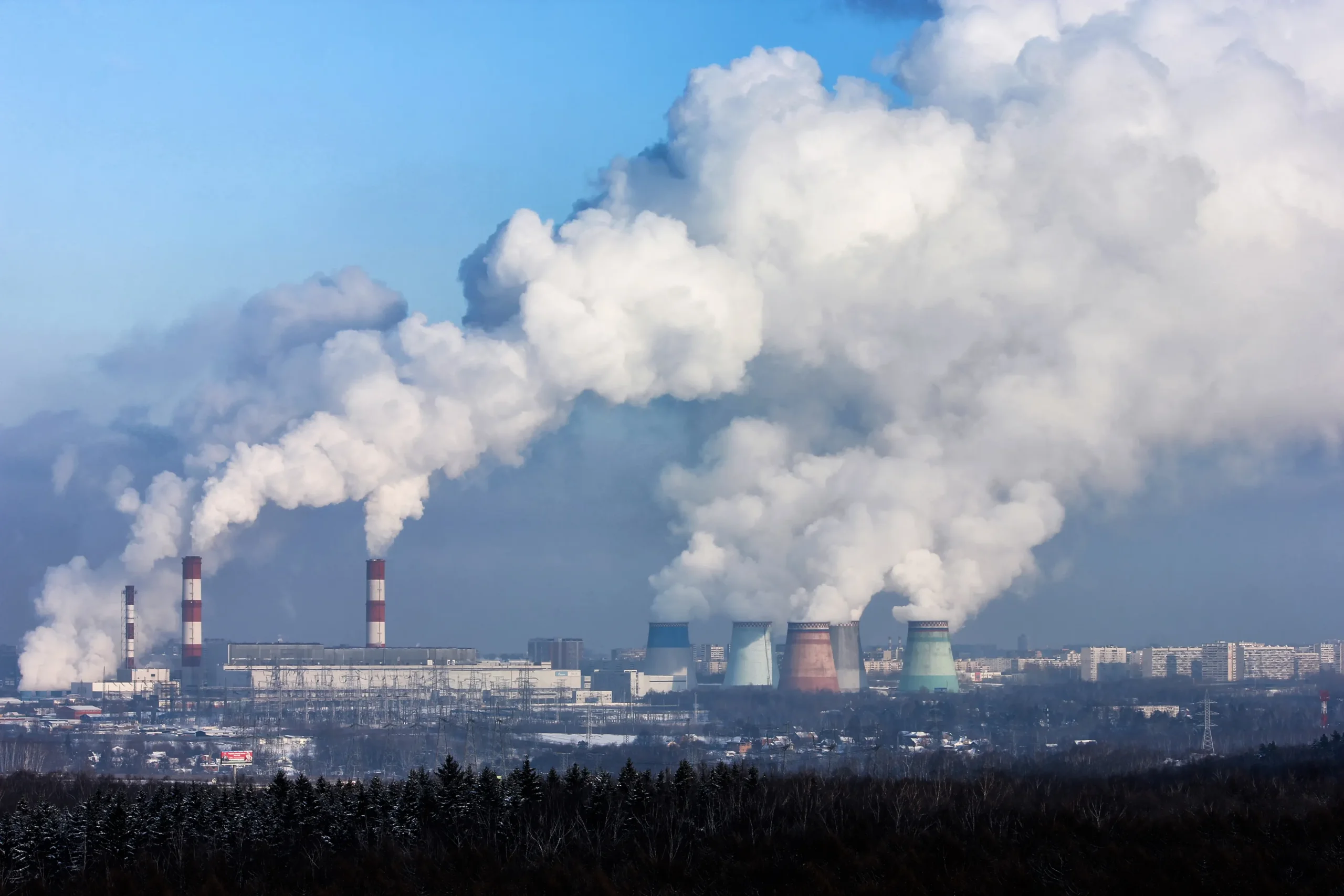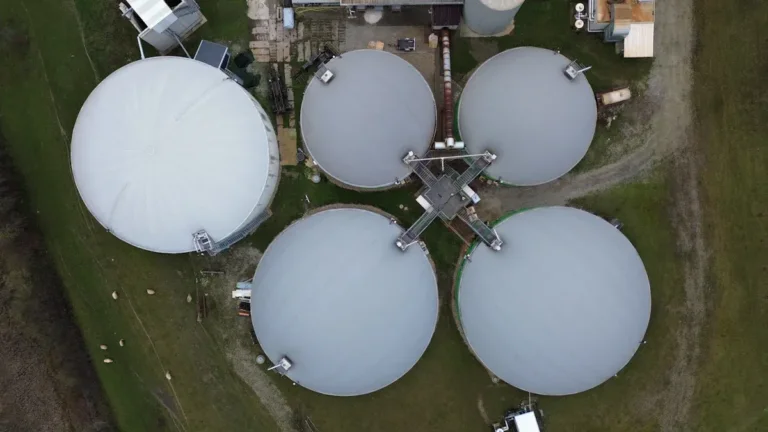Gas & Air Treatment Activated Carbon
.webp)
Buy Gas & Air Treatment Activated Carbon
Activated carbon serves a large role both in the air and gas treatment sector. It is a multipurpose, effective adsorbent in the purification of air and gas. Activated carbon is used in many industries, like industrial, power plant and environmental remediation settings. The activated carbon market had shown growth over the years because of a constant rise of environmental issues and more strict regulations impacting air quality and emissions in the regulation of air quality and emissions.
Industrial waste gas treatment activated carbon
Industrial processes have become embedded in the fabric of our modern world; with industrialization has come economic wealth, technology, comfort, and changes in everyday life forever.

Air purifying activated carbon
Air purification systems incorporate activated carbon as part of their purification system. Activated carbon delivers one of the most efficient, effective, and reliable solutions for capturing and filtering a variety of airborne contaminants.

Bio odor control activated carbon
Bio odor control activated carbon is a unique kind of activated carbon that is able to effectively remove biological and organic odors from any environment.

Biogas Activated Carbon
Activated carbon is a necessary step in biogas purification, primarily to remove problematic contaminants. It has the ability to adsorb hydrogen sulfide (H₂S), which is a corrosive, poisonous gas, and several different siloxanes that produce damaging deposits upon combustion, both of which are critical to remove during the purification process.

Related Blog



